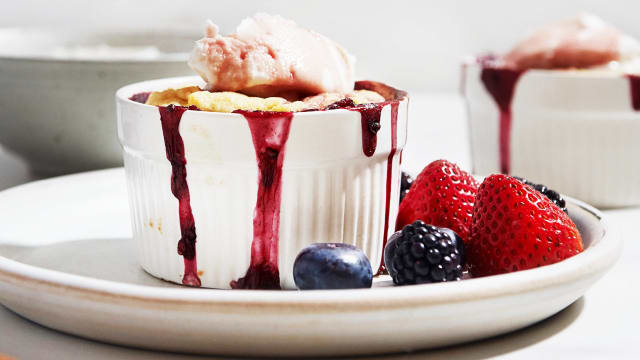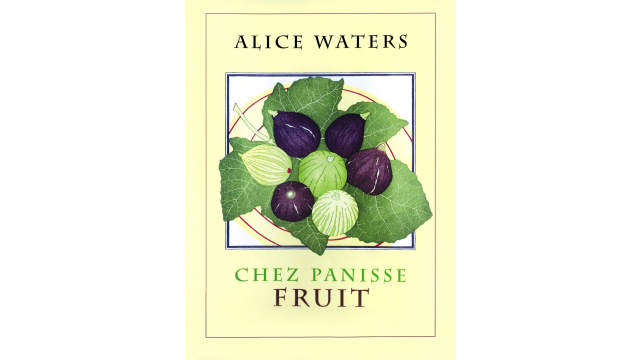Blackberry

Latin name: Rubus spp.
Uses: fruit, juice, preserves, confectionery, liqueurs, nutritional supplements
Blackberries aren’t botanically a berry (they’re an aggregate of drupelets) but we still call them berries — caneberries, to be specific. They include varieties such as loganberry, youngberry, olallieberry, boysenberry, tayberry, and marionberry; raspberries aren’t just fellow Rosaceae members but share a genus with blackberries too. Blackberries have a short shelf life and don’t travel well — this is why you should buy or pick them locally during their summer season or buy frozen berries, which are harvested and preserved during their peak.
Why is blackberry healthy?
Blackberries are good sources of soluble fiber, vitamins C, E, and K, and the mineral manganese. Their dark purple color comes from anthocyanins, which are powerful antioxidants that fight inflammation and infection and may protect against diabetes and some cancers.
What does blackberry taste like?
The flavor of a blackberry is at once heady-sweet and tart, with a fragrance so intoxicating that it could only come from a rose family member. The flavor is so complex that it takes approximate 250 volatile compounds to create it, ranging from the spiciness of cinnamon and clove (cinnamaldehyde and eugenol) to floral aromas of orange blossom and palmarosa (nerol and geraniol) to the fruitiness of pineapple and strawberries (furaneol).
Where does blackberry grow?
Blackberries grow around the temperate regions of the world, especially thriving in the Pacific Northwest (Oregon is a global leader in blackberry breeding programs). The three main types of blackberries, differentiated by their growth habits, are erect (e.g., Kiowa), trailing (e.g., dewberries), and semi-erect (these include thornless varieties). Wild blackberries still make up a significant amount of the blackberries harvested globally, but the major commercial growers are concentrated in Mexico.
How do I prepare blackberry and what do I pair it with?
All fresh blackberries need is a rinse — do this right before using them — and then you can add them to fruit bowls, salads, smoothies, etc. Their slight tartness suits them well to either sweet or savory purposes; they’re as delicious in a pie (they love other summer fruits) as they are mashed into barbecue sauce (they love smoky flavors too).
Blackberries pair especially well with soft cheeses (especially brie and chèvre), cream, and sugar. They love enriched breads and buttery pastry. Cardamom, black pepper, and lavender bring out the floral qualities of blackberries, and almond (a fellow rose family member) and hazelnut accent the sweet fruitiness.
Surprising fact:
In addition to developing a white blackberry and the ‘prolific Himalaya’ (now a noxious weed in the western United States), plant breeder (and inventor of the russet potato and elephant garlic, in addition to around 800 other cultivars) Luther Burbank created a thornless blackberry variety in the 1910s after three decades’ breeding research.


